There’s a bunch of simple WiFi-enabled outlets on the market today, and all of these blister-pack goodies seem to have something in common – crappy software. At least from the hacker’s point of view; there always seems to be something that you want to do that the app just doesn’t support. Stuck in this position, [scootermcgoober] did the smart thing and reflashed his cheap IoT outlets.
Although [scooter]’s video is very recent, and he says he got his plugs at Home Depot, we were unable to find them listed for sale at any store near us. Walmart lists the same device for a paltry $15, though, so the price is right for repeating his experiment. The video after the break shows his teardown, which locates all the major components, including a mystery module that was revealed to be an ESP8266 upon decapping. Pins were traced, leads were tacked to his serial-to-USB adapter, and soon new firmware was flashing. [scooter]’s new app is simple, but there’s plenty of room for improvement once you’ve got the keys. All the code is up on GitHub.
WiFi outlets like this and the WeMo have proved to be fertile ground for hacking. Of course, if you’re not into the whole blister-pack thing, you could always roll your own WiFi outlet.
Continue reading “Cheap WiFi Outlets Reflashed; Found To Use ESP8266”

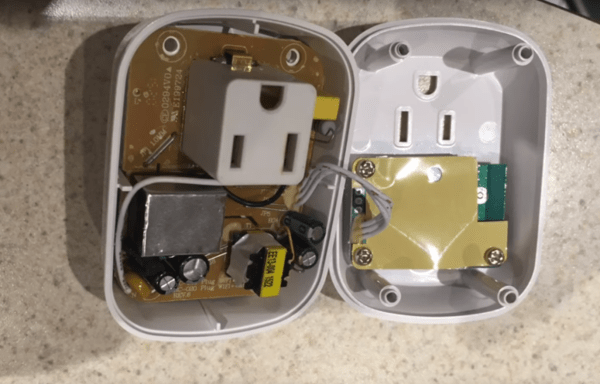
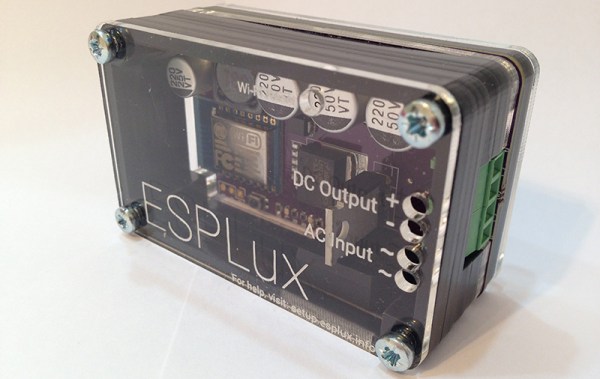





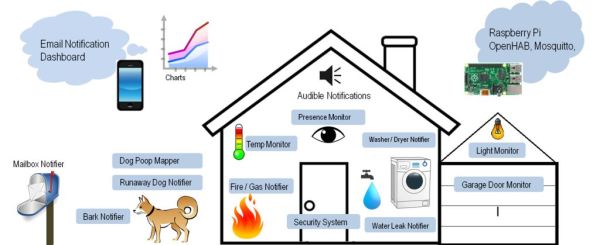
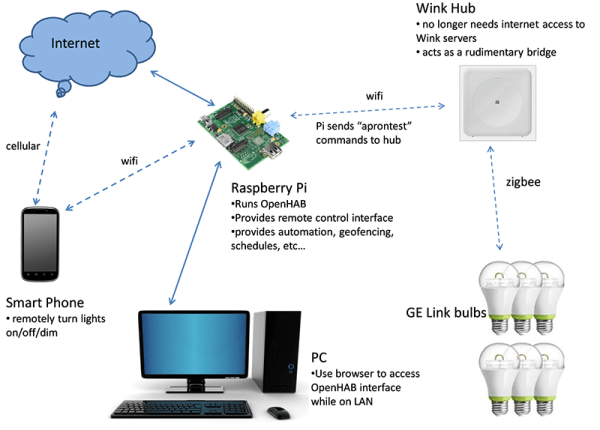
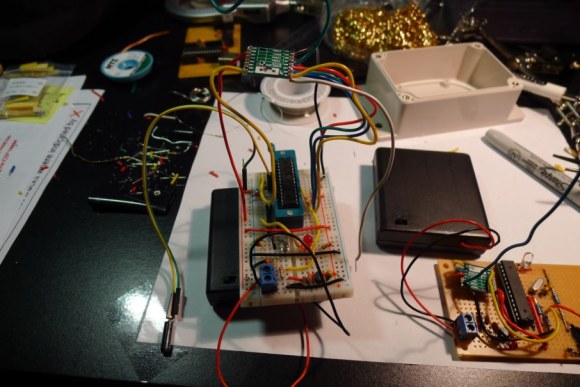 In the near future, we will all reside in households that contain hundreds of little devices intertwingled together with an easily connectable and controllable network of sensors. For years, projects have been appearing all around the world,
In the near future, we will all reside in households that contain hundreds of little devices intertwingled together with an easily connectable and controllable network of sensors. For years, projects have been appearing all around the world, 









